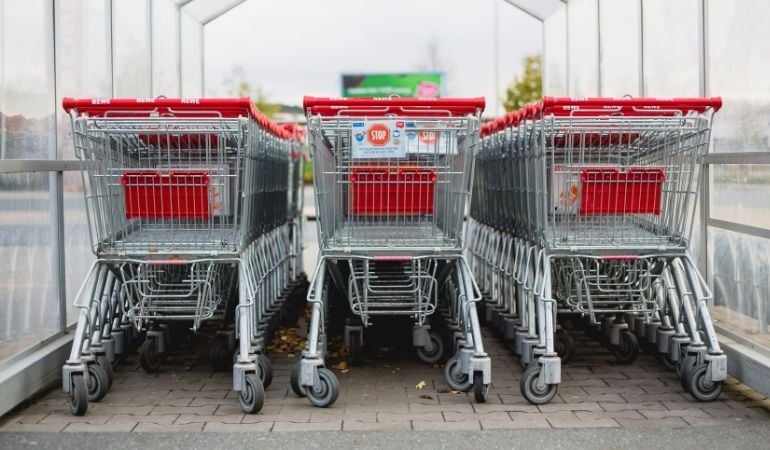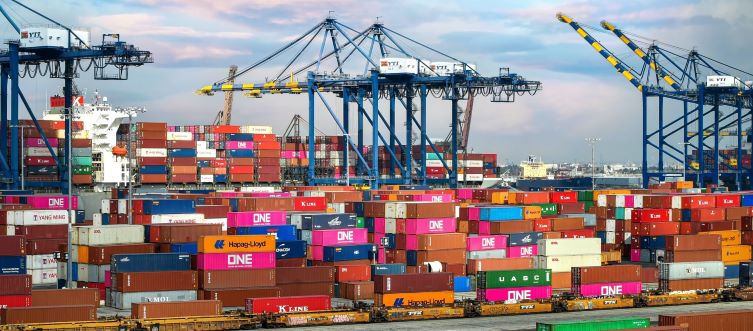Top 10 Biggest Car Manufacturers by Revenue (2021)
The automobile, invented in 1885 by German engineer Carl Benz, has certainly taken the globe. There is almost no other invention that has had such a...
Although big US names like Walmart and Amazon continue to reign supreme, new entrants grace this year's top 10 as online retailers with massive merchandise volumes make their presence felt.
While many of the top retailers had already dipped their toes in a variety of markets and were well on their way to growing their omnichannel capabilities before the epidemic, shops below the top ten are making strides toward becoming even more competitive.
We listed the top 10 retailers by revenue for 2021, you may see the full list here.
Total Revenue: $519.93 billion
As it expanded into marketplace platforms and services, Walmart continued to alter its business model to coincide with a larger omnichannel strategy. Even after exiting a number of nations recently, it still leads the worldwide retailer rankings: first Brazil, then the United Kingdom, and most recently Argentina and Japan.
Total Revenue: $280.52 billion
Amazon is expanding into a variety of new companies. As it grows into new countries, the retail firm is seeing excellent growth in its key markets of the United States, Canada, and Europe. This is reflected in the retailer's strong capitalization and cash flow, which allows it to develop its logistics and fulfillment business and enter new markets. By purchasing an overseas store or a significant regional marketplace outside of North America, it may be able to take over the top spot soon.
Total Revenue: $133.89 billion
The Schwarz Group is a family-owned multinational retail group that operates grocery shops under the Lidl and Kaufland brands. It is the largest European retailer with 500,000 employees and over 12,900 stores in 33 countries in 2021. Aside from retail, the Schwarz Group has been steadily expanding its portfolio to include food production capabilities.
Total Revenue: $116.06 billion
The strongest retailer in Central Europe has long been one of the fastest-growing retailers in the United States. Aldi continues to stealthily grow into new regions, including China. The company continues to integrate its worldwide sourcing, international logistics, and online operations after surviving a generational change in private ownership.
It has also redesigned storefronts in recent years to create a higher level of shopper involvement. Aldi jumped from No. 8 to No. 4 in this year's rating, and it has the potential to rise even higher next year.
Total Revenue: $71.99 billion
Aibaba originated as a B2B platform, allowing a large number of Chinese manufacturers to sell to international buyers. Since then, it has rapidly grown into a variety of industries, including retail. Alibaba, which is still predominantly a Chinese corporation, is rapidly expanding into new areas, recruiting regional manufacturers and expanding its banking services.
Physical shops Hema and Freshippo have experienced the most significant changes, since they have swiftly expanded into new markets with larger stores. It effectively became the largest physical retailer in the market after purchasing Auchan RT-business Mart's in China.

Total Revenue: $163.22 billion
Costco continues to discreetly consolidate its dominance in both large and local areas. It just surpassed Walmart as Canada's second-largest retailer and expanded into Australia and Europe, unsettling long-established markets with new buyer expectations. With its unique value proposition, it is positioned for rapid expansion in existing markets.
Total Revenue: $78.17 billion
Ahold of the Netherlands and Delhaize of Belgium have been able to renew their stores in all banners and start growing again as a combined organization in the United States. Ahold Delhaize continues to harness best-in-class online grocery capabilities in the United States and in its European markets by providing value shoppers with a superior in-store experience. Bol.com, the company's marketplace platform located in the Netherlands, continues to grow non-grocery product buying across Europe.
Total Revenue: $82.60 billion
Carrefour has overcome ownership and expense difficulties and is expanding anew in the Middle East and Africa through franchises. The retailer's primary growth engine is the Latin American "atacado" concept, as smaller express outlets develop in all of its existing locations.
You may also discover TIM’s smart gloves’ success story in Carrefour’s warehouses here.
Total Revenue: $45.18 billion
Ikea's global supremacy in furnishing houses is shown in films shot all over the world. The Swedish retailer's practical and economical DIY furniture continues to be a hit in blue and yellow big-box stores. In order to reach new customers, the firm is currently expanding into Latin American countries and relaunching its online site.
Total Revenue: $82.86 billion
Even the most crowded Chinese market continues to be surprised by JD.com. It collaborates with a variety of multinational merchants to emphasize operational expertise and customer service. It has, however, partnered with much smaller regional businesses to provide recognizable products to a nomadic populace. It will probably remain in the Top 10 for several years, given its recent expansion.
Teilen und folgen Sie uns auf!


The automobile, invented in 1885 by German engineer Carl Benz, has certainly taken the globe. There is almost no other invention that has had such a...

Logistics and distribution is a complex and sophisticated method today, as it started in a simpler form in the ancient times and is still being used...

The manufacturing and logistics industries have begun the transition from industry 4.0 to industry 5.0. Each field in manufacturing, in particular,...